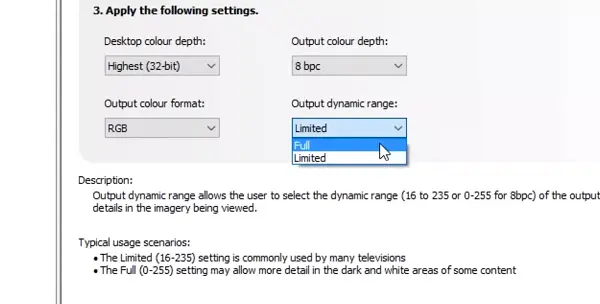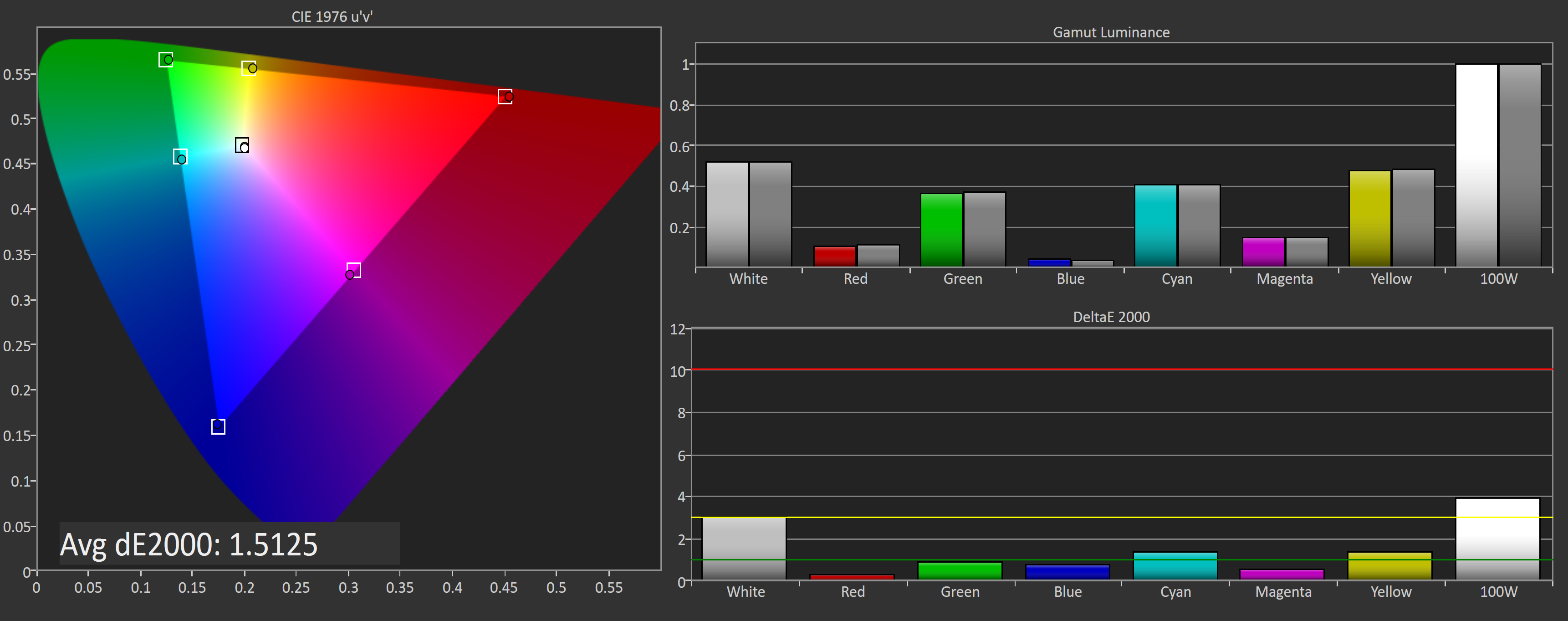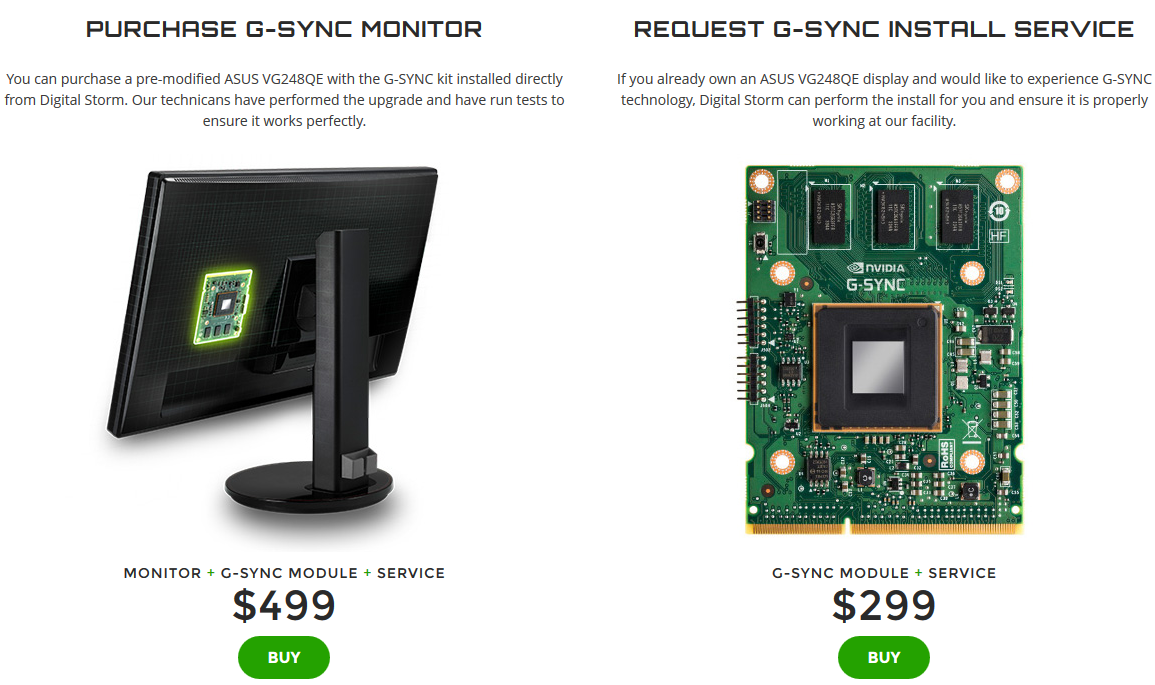


While the A2 series sets are not 120Hz-capable TVs, they are nonetheless packed with gaming features including a Game Optimizer onscreen menu that gives you extended controls over the set’s performance when in that mode. This is good news for both streamers and for 4K Blu-ray collectors, because the LG’s near-full DCI-P3 coverage will indeed do their discs justice. LG’s OLED TVs have traditionally measured well on this parameter, however, so we weren’t too surprised. Sony’s A80K OLED TV, a step-down model in that company’s OLED lineup, achieved full coverage of DCI-P3, the color gamut used for mastering movies for digital cinema and 4K Blu-ray disc release, and so we were eager to see if the A2 would measure up (using Portrait Displays’ Calman color calibration software) to that more value-oriented Sony model.Īt 98.8% DCI-P3 coverage, the result turned out to be pretty close, and better than many other TVs, including some more expensive models, manage. But at around 524 nits maximum light output in the Standard (HDR) picture mode, it’s notably less bright than LG’s C2 OLED, and even the earlier C1 model. Screen brightness was also sufficient in the dim environment where initial tests were carried out. That’s strikingly close to the 0 nits, or true black, needed for a TV to qualify as having “infinite” contrast – something that more expensive OLED models like LG’s G2 manage.Īlthough contrast on the 55-inch A2 was only “near-infinite,” blacks looked extremely deep in the manner of the best 4K TVs, making this a promising start to our A2 evaluation.

Multiple light output readings made on a full-black test pattern yielded an average measurement of 0.0017 nits.


 0 kommentar(er)
0 kommentar(er)
